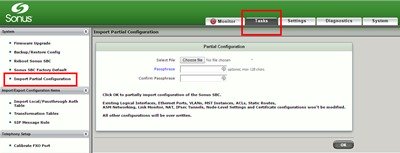IT’S HERE! Today marks the release of the new Skype for Business Client update to Windows Update. Much has been written in anticipation of this of late and there are plenty of references I’ve captured below.
Until Office 2016 is released, THIS is your client-side update path to Skype for Business: Install Lync 2013 from Office 2013 and then patch it with this (or a later) update & the necessary pre-req’s. You will also use this patch to turn your “Lync Basic” client into a “Skype for Business Basic”. (Read more of the free Basic client here).
If you want to manage the rollout of this internally via SCCM or WSUS, the two KBs you’re interested in are these:
- https://support.microsoft.com/en-us/kb/2889923 – this is the update
- https://support.microsoft.com/en-us/kb/2889853 – this is the (new) pre-requisite update to LyncHelpLoc
Continue reading ‘Lync 2013 Client Update to Skype for Business – April 2015’ »
